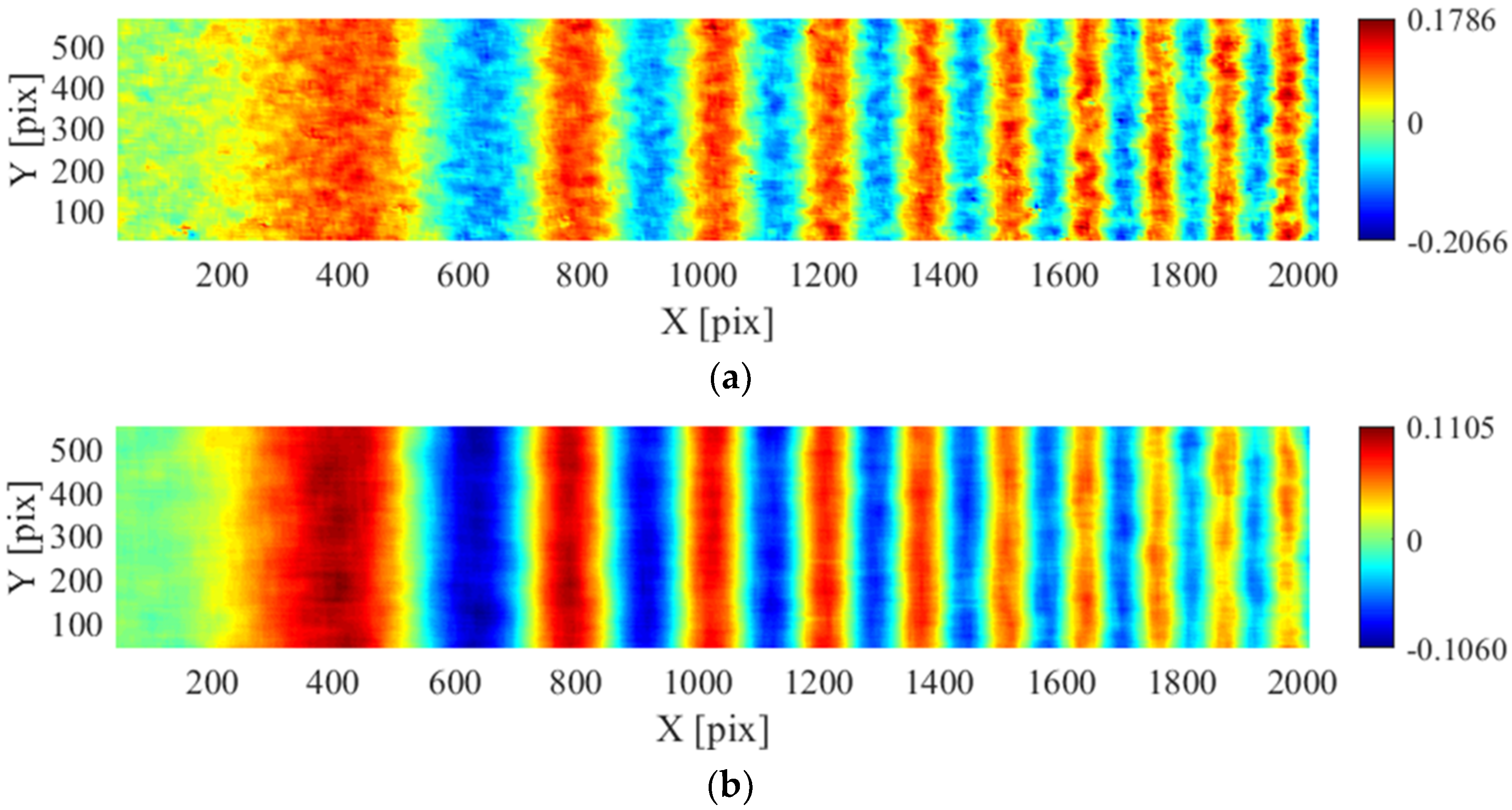

If you would like to apply the approach illustrated in this tutorial to other ALS datasets, you should first inquire if and how the intensity has been processed.Ī small forest located about 10 km to the North of Geneva city (see map below) will serve as our study case. range independent value) scaled to a 16 bit range (0-65535), so no further range correction is required. The intensity stored in the LAS file is the reflectance (i.e. The data is openly available from Geneva's Official Geodata Portal. In this tutorial, we will use data acquired over the state of Geneva (Switzerland) in February 2017 (leaf-off conditions) with the Riegl LMS-Q1560 sensor. Riegl's RiProcess software, for example, lets you export either the amplitude (range dependent value) or a range independant value which they call reflectance to the "intensity" field in LAS files ( Riegl Laser Measurement Systems, 2017).
NANMEAN MATLAB 2009 SOFTWARE
ALS post-processing software generally offer the possibility to apply some form of intensity correction. 1000 m).Īltough none of the modelling assumptions used above are realistic when dealing with complex objects such as trees, this simple range correction may help homogenise intensity values accross the dataset. $$P_r = \frac\) is an arbitrary constant reference range (e. This can be a complex task, as the return intensity (a proxy of the power reflected by the target surface and received by the sensor) depends on parameters which can be difficult to estimate, as shown in the RaDAR/LiDAR range equation below: However, due to various instrumental and environmental effects, the raw intensity is generally inconsistent accross the surveyed area and cannot be directly used as a discriminative feature it should first be corrected ( Höfle and Pfeifer, 2007 Vain and Kaasalainen, 2011 Kashani et al., 2015). Figure 2 - Example of difference in return intensity between a birch (left) and a spruce (right) tree in leaf-off conditions. On the contrary, high structural opacity will tend to result in fewer high intensity returns. Low structural opacity will typically result in multiple low intensity returns. 2009 Shi et al., 2018).įigure 1 - Conceptual example of the opacity difference under leaf-off conditions between birch (left) and spruce (right) trees. It has also been repeatedly demonstrated that the return intensity and ranking distributions of laser scans are important features to differentiate tree species (e.

Thus, ALS data acquired during leaf-off conditions can be readily used to differentiate deciduous and evergreen foliage. Moreover, most LiDAR systems employ near infrared light which is strongly reflected by live foliage. This distinction is not to be confused with the distinction of broadleaf and coniferous, as some coniferous trees, such as larches, will shed their needles in automn while some broadleaf trees, such as hollies, will keep their leaves in winter.ĭense foliage and large branches have a higher probability of completely intercepting the laser beam and generating single high intensity returns (see figures 1 and 2). Foliage persistance maps can for example be useful to improve stem diameter prediction (by applying deciduous/evergreen specific allometric models) and for wildlife habitat modelling. This tutorial presents a simple approach to differentiate deciduous and evergreen foliage using the corrected return intensity of Airborne Laser Scanning (ALS) data. Tested on Matlab r2018b, GNU Octave 5.1.0 Introduction Published: Ap/ Last updated: May 17, 2019 DFT - Tutorial 4 Digital-Forestry-Toolboxīack to homepage Deciduous/evergreen foliage classification


 0 kommentar(er)
0 kommentar(er)
